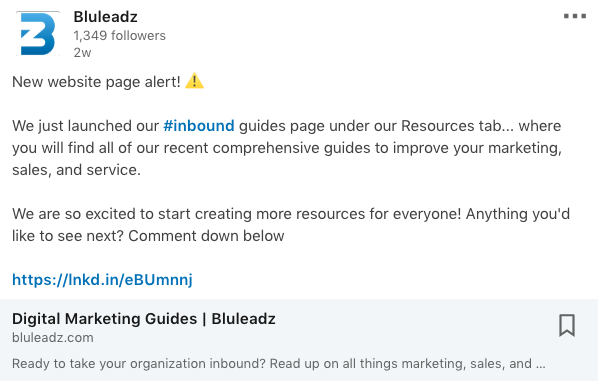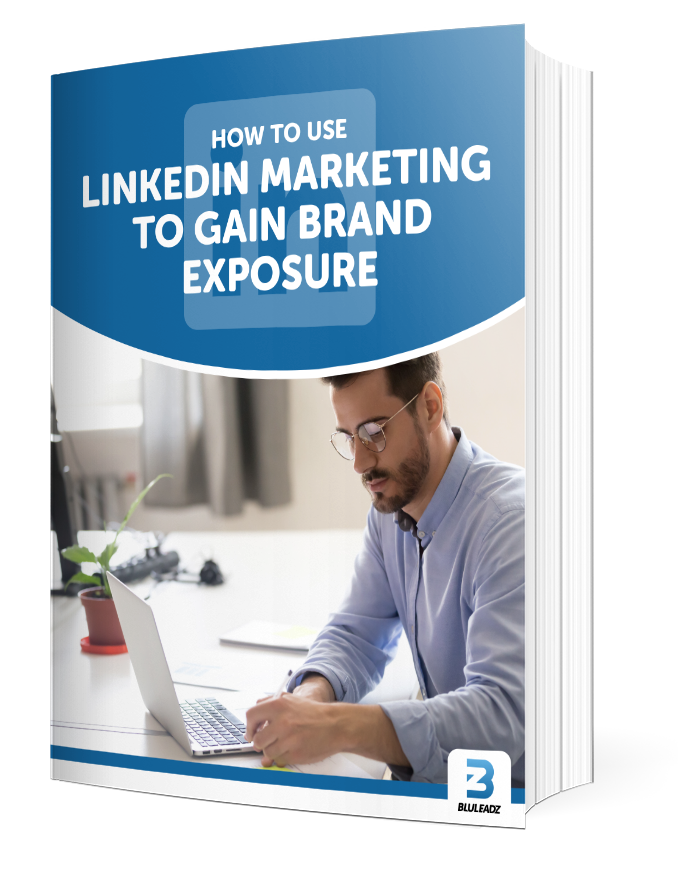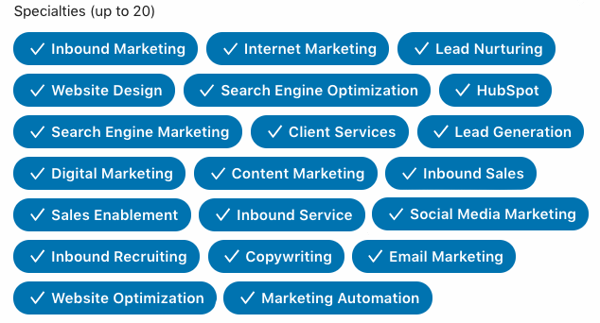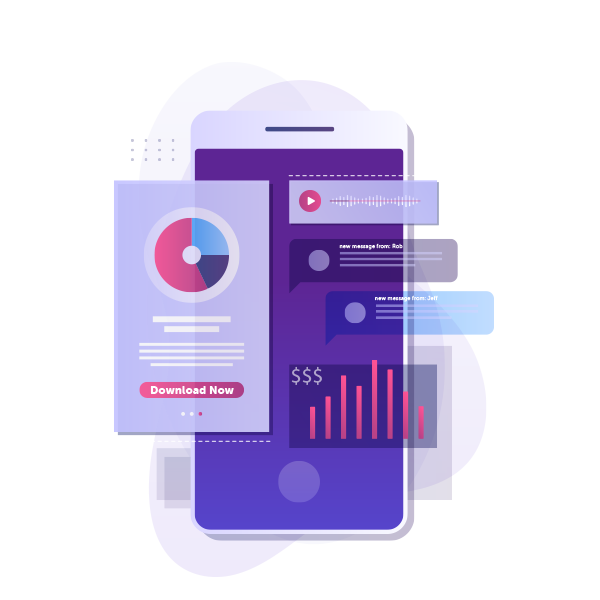Now that your profile is all set up and ready to roll, it’s time to get to work.
When it comes to social media marketing, each platform functions differently. As far as LinkedIn, your strategy is best if focused on B2B efforts that can increase your brand awareness and drive new prospects to your Company Page or, better yet, website.
Don’t jump the gun: it’s important to consider what you are trying to accomplish with your LinkedIn marketing efforts. So, your first step should be to brainstorm and identify your marketing objectives.
A marketing objective is a clearly defined goal that is geared toward promoting a product or service to a target audience within a specified timeframe. In marketing, your objective is used as the baseline for your strategy: What are you trying to accomplish by marketing on this specific platform?
As a professional, connection-building platform, LinkedIn marketing objectives might look a little different than other social platforms.
While Instagram and Twitter tend to be more focused on fostering engagement and boosting brand awareness, LinkedIn is better suited for specific business-building goals that will vastly benefit your brand as you start to grow.
Develop SMART goals: goals that are specific, measurable, achievable, relevant, and time-bound. By creating specifically targeted goals for your business, you have a higher chance of success.
Some goals your company might try to accomplish from their LinkedIn marketing strategy could be:
-
Drive website traffic
-
Establish your business as an expert in your industry
-
Create a network of connections
-
Generate new leads
-
Recruit qualified candidates
Just like buyer personas, you should also consider building out a few user personas for LinkedIn, identifying those you hope to connect with, recruit, and prospect. You should aspire to get followers that will actively engage with your brand.
Once your goals are set in place, you’ll have a better understanding of the content you should be publishing. Note that your content should provide value to prospects, candidates, and other professionals in your industry.
Sharing Content on LinkedIn
According to Sophisticated Marketer’s Guide to LinkedIn, 94 percent of B2B marketers use LinkedIn to share content, making it the #1 social channel for content distribution. Additionally, 91 percent of marketing executives named LinkedIn as the top place to discover quality content.
Based on these statistics alone, it’s key that every business shares content on their LinkedIn – even more importantly, quality content. Compared to other social networks, though, LinkedIn content isn’t always as simple as a tweet or a posted photo of the team playing ping pong.
With a little more strategy and effort, however, your business can skyrocket with valuable content that encourages lead generation and promotes your business as a top industry leader. It can even help build rapport for your brand and help down the line as you hire new people.
Because LinkedIn is a professional social networking site, the content that is distributed on this platform is slightly different from others.
When it comes to top-performing content on LinkedIn, let’s check out some statistics:
-
Long-form content gets the most shares on LinkedIn.
-
How-to posts get almost 2X as many views as question posts.
-
LinkedIn articles featuring exactly eight images far outperform the rest.
-
There are 18 million pieces of content uploaded on LinkedIn SlideShare.
You might be wondering, “What does this have to do with what content my business should be posting on LinkedIn?” Well, use these statistics as a basic guide for the content most marketers are publishing today.
Because long-form content gets the most shares, share articles that are between 1,700 and 2,000 words to increase the chances of reshares. How-to posts obviously perform very well on LinkedIn, so make sure to include how-to content in your content strategy. Because people are visually driven, sharing content with images (for some reason, eight is the lucky number) gets more engagement.
Thought Leadership Content
As a professional network, standing out as a thought leader in your industry can make a huge impact on your brand awareness and authority.
Thought leadership helps build your audience’s trust in your expertise. A true thought leader is influential not only because of how he or she does things but also in their ability to explain why a certain approach is better.
The right thought leadership content aspires to win more business and drive change. Don’t worry if you don’t know how to do this just yet; we’ve got some awesome resources that can help you learn the basics of creating thought leadership content and get the inspiration you need to get started today.
Posts With Images and Videos
The impact of video in marketing has truly skyrocketed in recent years. Video marketing even made its way to the social media world: 77% of businesses use video on social media. Don’t forget LinkedIn is a social media channel as well!
Break away from boring LinkedIn posts, and consider adding graphic elements to your content, whether in the form of photos or videos. If you are creating educational video content, LinkedIn is a prime place to share it. And, sharing company videos on LinkedIn is as easy as 1, 2, 3.
Company Updates

Any recent news on your company? Share it with your audience!
This content will be valuable to candidates looking to work with you. It will keep them in the loop like they’ve been there all along. Highlighting any business growth can also secure your position as a leader in the industry, proving that your efforts create success in marketing and business development.
Culture Pieces
Don’t forget to highlight your company culture on LinkedIn – after all, it’s not just a platform for B2B, but it’s where potential candidates go to learn more about your business and the people that make it.
LinkedIn actually has a great way to share culture pieces – with a Career Page. Adding a Career Page to your Company Page will give you access to a Life tab and Jobs tab alongside your about us page. What do these tabs do?
Features of the Life Tab
-
Note company leaders
-
Create custom modules to share benefits, core values, etc.
-
Add company photos
-
Post employee perspectives and testimonials
Features of the Jobs Tab
-
Let candidates create job alerts
-
Share available jobs at your company
-
Make searching for jobs easier with recommended job postings based on candidate’s skills
With all these content ideas, you’re ready to get started. But you need to establish appropriate timing for sharing your content.










